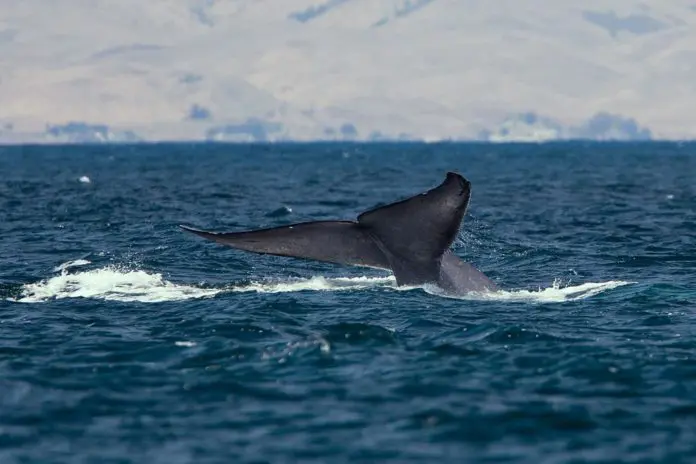Wouldn’t it be great to be able to actually see how a whale feasts on krill underwater?
Scientists from Stanford University’s Hopkins Marine Station were able to attach sensors and a camera to the backs of whales and got a much clearer picture of how these huge mammals “lunge feed” on plankton and krill.
Knowing how this process works gives scientists a much better idea of how such huge beasts of the sea — earth’s ultimate freedivers — survive on such small denizens. As Assistant Biology Professor Jeremy Goldbogen from Stanford University told ScubaTravel:
“This feeding process is facilitated by a complex suite of biomechanical and anatomical adaptations that together allow the whales to engulf a volume of water and prey that is larger than their own body. For a large blue whale, this represents a volume of water and prey that is approximately the size of a large swimming pool or a school bus, and this is engulfed in a matter of seconds.”
The scientists attached the sensors to whales off the coasts of Patagonia, South Africa and the United States.
If you want to read more about the actual research, check out the article in the journal Current Biology.

